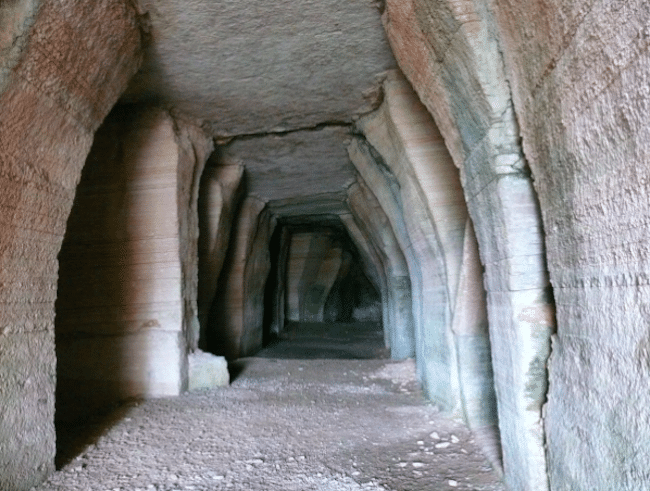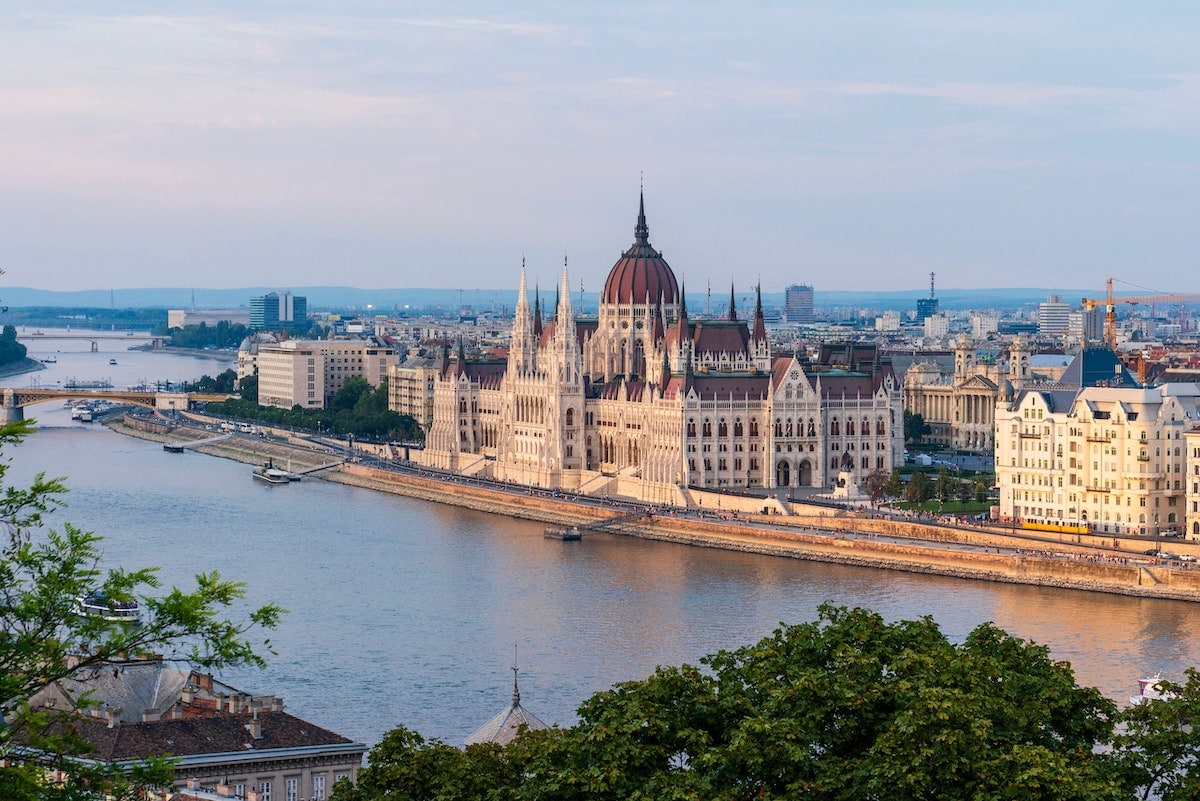Table of Contents
As one of Europe’s oldest countries, Hungary is known for its rich and vast history, including the capital city of Budapest, which has been settled time and time again dating back to prehistoric times. And after having lost nearly three-quarters of their land after WWI due to the Treaty of Trianon, Hungarians know a little something about the importance of preserving culture.
Until the early nineties, the Central European country survived an occupation by the Soviet Union brought on by a revolution. Hungary is now hosting Ukrainian refugees facing a similar plight in a stroke of irony. In light of its strategic location in Europe, we thought now was the perfect time to explore nine of Hungary’s most fascinating tourist attractions. Here they are, in no particular order.
1.) Hortobágy National Park
If you are in the area of Debrecen in Hungary’s Northern Great Plains, you won’t want to miss Hortobagy National Park. The park boasts a two millennia history with agricultural traditions that have been preserved over time. A highlight of visiting the park is watching Hungarian cowboys while Przewalski’s impressive horses showcase their skills on the prairie. You might even catch a horse race. If you visit in the fall, you should be able to see thousands of cranes stopping to rest in the wetlands as the birds migrate south. Take a carriage ride, spend the day with the locals, and enjoy nature as well as Hungarian cuisine.
2.) Buda Castle in Budapest
A trip to Hungary would not be complete without a trip to a castle. Initially built in 1265, Buda Castle was reconstructed in the mid-1700s, again in the 1900s, and today is considered Budapest’s shining symbol. Situated atop Várhegy hill, the views over the Danube River are something you will want to experience. Also referred to as the Royal Palace and accessible by bus, Buda Castle’s interiors still capture much of its historic decor. Catch the changing of the guard and be sure and check out the Equestrian Statue of Prince Eugene of Savoy while you’re there, not to mention the national gallery, library, and museum.
3.) Esztergom Basilica
If it’s history you want, it’s what you’ll get at Esztergom Basilica, the Catholic church where Hungary’s maiden king, Saint Stephen I, was born. Considered the “seat of the Catholic church in Hungary,” Esztergom Basilica is also famous for being the country’s largest church and tallest building. Extending 100 meters high, the construction of the church began in 1822. Visitors can make their way from the basilica to the dome. There’s no entry fee for the basilica, but if you’d like to see more of the landmark, a ticket will get you to the top. Tours are available, and the views are said to be stunning.
4.) The Anna Cave/Petőfi Cave
The Anna Sinter Cave is a natural limestone structure located in the town of Lillafüred near yet another landmark, the Szinva Waterfall, Hungary’s tallest waterfall at 20 meters high. Discovered in the early 1800s, when it was visible by candle and torch lights, the cave is famous for being visited by Hungarian poet Sándor Petőfi, whose name has been synonymous with the structure. The cave required excavation in the 1920s to reopen blocked cavities and build the very entry storage room that still stands today. Tourists describe the cave as unique. Tour guides do not speak English, so be sure and brush up on your Hungarian.

5.) Open Air Museum has a steam train for kids
Take a trip to the past at the Open Air Museum in Szentendre, where you’ll get a sense of how farmers lived between the mid-1700s and the early 1900s. Having debuted in the 1960s, this museum has the distinction of being Hungary’s most extensive outdoor collection. Arrive by train, take in the Carpathian folk architecture, and walk the historical inner city’s cobblestone streets that have taken a page directly out of the 1700s. This destination would be delightful if you’re traveling with children thanks to a stream train that they can ride — when it’s running (some complaints suggest that it’s not always operational.) There’s an admission fee, but kids under six can enter for free.
6.) Royal Palace
The Royal Palace of Visegrad can be found in Hungary’s Pest County, north of Budapest, situated on the bank of the Danube. Hungarian kings, including Charles I, called the palace site home before Budapest became the capital city. In the mid-1500s, the palace was torn to ruins amid the siege of the Ottoman Turks. It has been reconstructed, featuring a restored fountain by sculptor Giovanni Dalmata. What’s left of the original Hercules fountain, a piece of Renaissance art, continues to be showcased in the palace’s museum. You will also gain a glimpse into a medieval stove and an ancient water pipe system. Take a tour to learn how courts were constructed, then let the kids see what it’s like to play in a royal playground.
7.) The Danube
The Danube, Europe’s second-biggest river, is considered the heart of Hungary’s capital, dividing Budapest into two sections — Buda and Pest. You can’t escape Hungary’s vast heritage along the Danube, where you’ll find other key landmarks along the way, such as the Szechenyi Chain Bridge, which spans the river from the east to the west. Meanwhile, what the emerald Liberty Bridge lacks in size is said to make up for in beauty. There’s also Buda Castle Hill and the Matthias Church. Tours of this historic waterfront are available.
8.) Dohany Synagogue
The Dohány Street Synagogue is Europe’s largest, with room for 3,000 worshipers. As the name suggests, it’s located on Dohány Street and was built in the mid-1800s. Theodor Herzl, the father of modern Zionism, was born in a house on this site. Find your connection to this historic synagogue, which served as a shelter for hundreds of city Jews during the holocaust and has a memorial attached. Take a 45-minute tour, which is kid-friendly, enjoy the decor, and visit the Jewish museum.
9.) Fisherman’s Bastion
This monument is near Buda Castle so you could include both in your itinerary. Fisherman’s Bastion is said to be a must-see when you are in Hungary for the open panoramic views that have replaced castle walls on the lookout towers, constructed in the late 1800s/early 1900s. This site is also famous for its
similarities to the Walt Disney Films logo and can be visited any day of the week. There is history at every turn, including seven turret towers designed to represent the Hungarian tribes who settled in the modern-day country in 895.
Hungary’s government has earmarked billions of euros for tourism and launched a tourism fair in Budapest in early March to promote its travel destinations. The country has also committed to building dozens of new hotels, thousands of private accommodations, and hundreds of guest houses as it overhauls its beaches and water parks to attract more visitors.
The biggest challenge you’ll likely face while touring Hungary is fitting it all in. If you are there for more than just a day trip, you might just be able to see it all.


